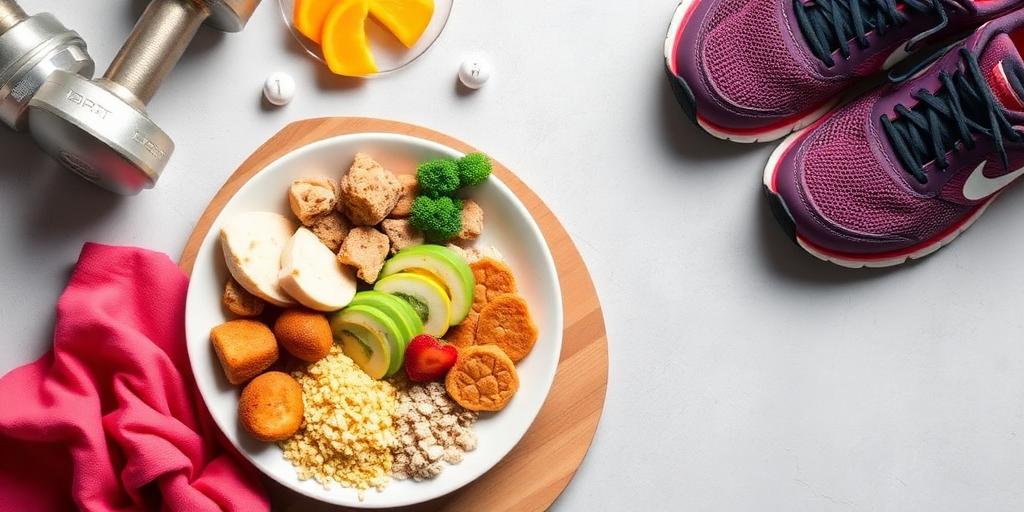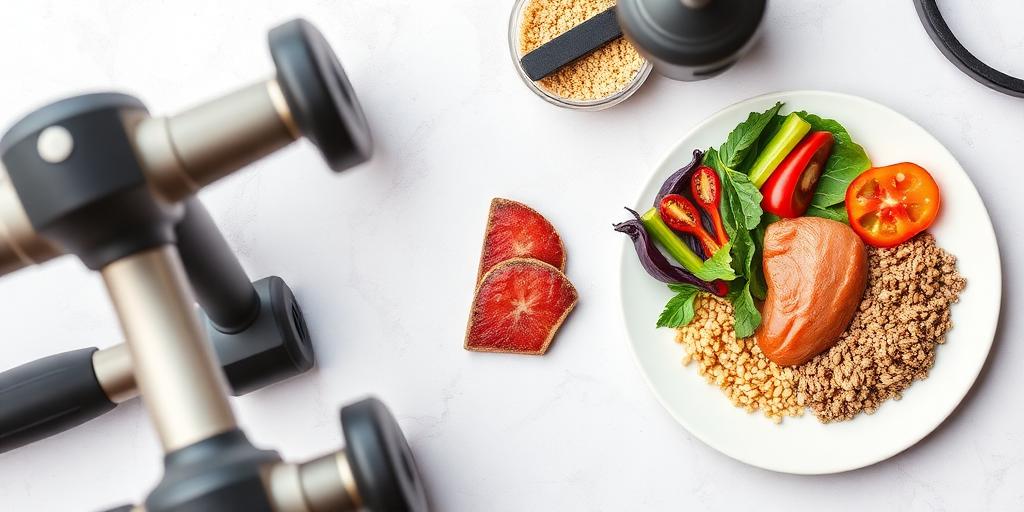How to Balance Macros: Practical Nutrition for Fitness
Balancing macronutrients, or macros, is a cornerstone of effective nutrition, especially when pursuing fitness goals. Macros—protein, carbohydrates, and fats—provide the energy your body needs to function and fuel your workouts. Understanding how to balance them can optimize performance, recovery, and overall health.
What Are Macronutrients?
- Protein: Essential for muscle repair, growth, and various bodily functions. It's composed of amino acids, the building blocks of tissues.
- Carbohydrates: The body's primary source of energy, especially during high-intensity activities. Carbs are broken down into glucose.
- Fats: Crucial for hormone production, nutrient absorption, and providing long-lasting energy. They also protect organs and insulate the body.
Why Balance Macros?
Balancing macros ensures your body receives the right proportions of nutrients to support your activity level and fitness goals. Whether you're aiming to lose weight, build muscle, or improve endurance, macro balance plays a vital role.
Calculating Your Macro Needs
Determine Your Daily Calorie Needs:
- Use an online calculator or consult a nutritionist to estimate your Basal Metabolic Rate (BMR) and Total Daily Energy Expenditure (TDEE).
Set Your Macro Ratios:
- A common starting point is:
- Protein: 40%
- Carbohydrates: 30%
- Fats: 30%
- Adjust these ratios based on your goals:
- Muscle Gain: Higher protein, moderate carbs, moderate fats.
- Weight Loss: Higher protein, lower carbs, moderate fats.
- Endurance: Moderate protein, higher carbs, lower fats.
- A common starting point is:
Calculate Grams Per Macro:
- Protein: 4 calories per gram
- Carbohydrates: 4 calories per gram
- Fats: 9 calories per gram
Example:
- If your daily calorie goal is 2000:
- Protein: (2000 x 0.40) / 4 = 200 grams
- Carbohydrates: (2000 x 0.30) / 4 = 150 grams
- Fats: (2000 x 0.30) / 9 = ~67 grams
Practical Tips for Balancing Macros
- Track Your Intake: Use apps like MyFitnessPal or Lose It! to monitor your daily macro intake.
- Plan Your Meals: Prepare meals in advance to ensure you're hitting your macro targets. Focus on whole, unprocessed foods.
- Prioritize Protein: Include a protein source in every meal to support muscle repair and satiety.
- Choose Complex Carbs: Opt for whole grains, fruits, and vegetables over simple sugars.
- Incorporate Healthy Fats: Include sources like avocados, nuts, seeds, and olive oil in your diet.
- Stay Hydrated: Drink plenty of water to support metabolic processes.
- Adjust as Needed: Monitor your progress and adjust your macro ratios based on how your body responds.
Sample Meal Plan
- Breakfast:
- Oatmeal with protein powder, berries, and nuts.
- Macros: Protein 30g, Carbs 40g, Fats 15g
- Oatmeal with protein powder, berries, and nuts.
- Lunch:
- Grilled chicken salad with mixed greens, vegetables, and olive oil dressing.
- Macros: Protein 40g, Carbs 30g, Fats 20g
- Grilled chicken salad with mixed greens, vegetables, and olive oil dressing.
- Dinner:
- Salmon with roasted sweet potatoes and broccoli.
- Macros: Protein 40g, Carbs 35g, Fats 25g
- Salmon with roasted sweet potatoes and broccoli.
- Snacks:
- Greek yogurt with fruit
- Macros: Protein 20g, Carbs 15g, Fats 5g
- Almonds
- Macros: Protein 6g, Carbs 6g, Fats 14g
- Greek yogurt with fruit
Common Mistakes to Avoid
- Not Tracking Accurately: Eyeballing portions can lead to inaccuracies in macro intake.
- Ignoring Food Labels: Always read nutrition labels to understand the macro content of your food.
- Focusing Too Much on One Macro: Balance is key; avoid extreme imbalances.
- Neglecting Overall Calorie Intake: Ensure you're consuming the right amount of calories to support your goals.
Conclusion
Balancing macros is a powerful tool for achieving your fitness and health goals. By understanding the role of protein, carbs, and fats, and tailoring your intake to your specific needs, you can optimize your nutrition for performance and well-being. Remember to track your intake, plan your meals, and adjust as needed to find the balance that works best for you.









